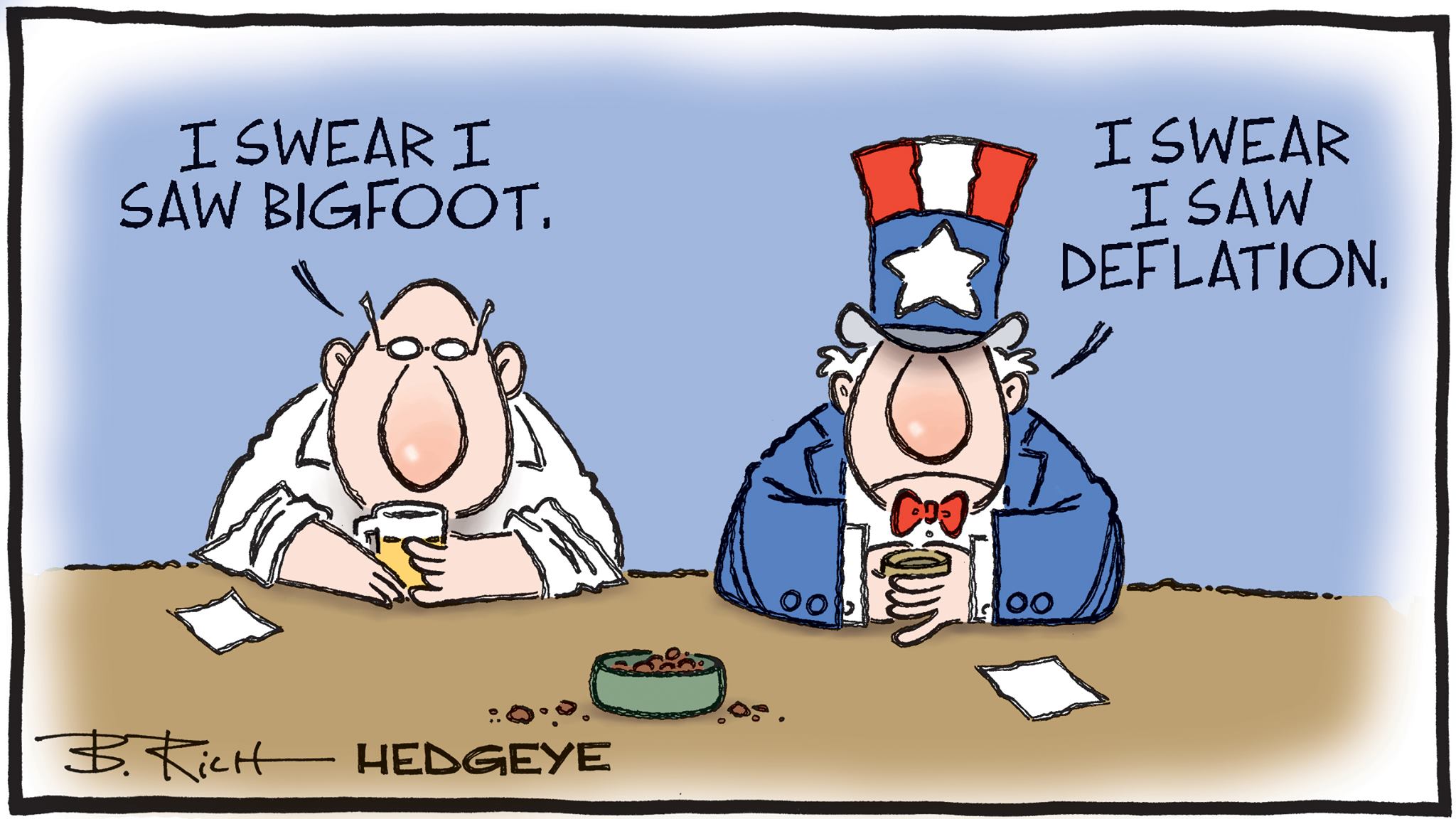In the land of conflicting macro signals, risk management is king
Local market had a choppy negative day despite BNPL pushing the market higher by over 10 points. Relatively low turnover continues into the eighth week without a double-digit turnover day. Size mattered as Micro Caps were the best while Large Caps were the worst. Tech and Utilities were the best sectors while Energy and Mining were the worst.
China regulatory changes continue to chase high margin dominant sectors that are seen to be against the long term social wellbeing. Gaming regulatory changes is the latest risk sector while commodities remain volatile. Investors are trying to pick the bottom in China regulatory changes due to weaker growth delivering stimulus hope. But new changes keep popping up. China continues to drive changes at the cost of market pullbacks and economic slowdown. It does not look like they are finished with the realignment with overall social expectations. It may be different this time!
RBA surprised most by leaving things status quo while giving the option to change their mind. It is the classic Hawk move with a Dove option. We all know the delta cluster growth and vaccine rollout problems will sink Q3 but there is always a chance that may infect Q4 as well. RBA has already thrown the kitchen sink and they are down to the endless QE game. The currency is perilously weak after Iron Ore rolled over and delta lockdowns. RBA adding QE now may have broken the back of the AUDUSD. RBA likely delayed the inevitable QE boost to buy some time before fading AUDUSD adds to the inflation problem. Given the state of the economy and pandemic management, it does look like QE expansion is a matter of when rather than if. It may be different this time!
US debt ceiling hasn’t been raised in time. Treasury Department will begin conducting emergency cash-conservation steps to avoid busting the federal borrowing limit after a two-year suspension of the debt ceiling expired at the end of July. These extraordinary measures will allow Treasury to pay off the government’s bills without floating new debt for two to three months. After that, Congress will need to either raise or suspend the borrowing limit or risk the U.S. defaulting on its obligations. The limit prevents the Treasury from issuing new bonds to fund government activities once a certain debt level is reached. That level reached $22 trillion in August 2019 and was suspended until Saturday. It is estimated that the new cap will likely come in just below $30 trillion. While the political shenanigans are played out, the bond market will have supply curbs and likely to see rising bond prices. Bond yields are already back at pre pandemic Feb 2020 level while inflation has persistently taken off. This is what happens when Central Banks manipulate markets to hide symptoms of economic mess. This has created conflicting macro signals from different markets.
Equity markets are risk on and Bond markets are risk off while economic growth is starting to fade as inflation and delta bites. Equity markets are heavily reliant on stimulus upgrades to move higher but higher stimulus will drive higher inflation as supply side issues are not going to be resolved in the short to medium term.
We continue to look at sectors that will benefit from the eventual equilibrium. Markets are buying the transitory argument from Central Banks for now. When that becomes more persistent and drives downgrades, markets may not be able to ignore inflation. We continue to favour Gold, Supermarkets, Insurance and Agriculture exposures to be eventual beneficiaries from the cycle clarity. In the land of conflicting macro signals, risk management is king!
Seasonal cycles suggest the US market peaks this week as the US reporting season deluge hands over control to macro uncertainty. It may be different this time!
Let us run through the main data points released in the last 24 hours…
The IHS Markit Eurozone Manufacturing PMI stood at 62.8 in July 2021, little-changed from a preliminary estimate of 62.6, but down slightly from 63.4 in June and the lowest since March. Nevertheless, the sector has now recorded successive months of expansion since July 2020, with the latest reading only slightly below June’s survey record high. Output rose at the softest rate since February, while the rate of growth in new business held close to March’s survey record and new export orders continued to expand at a sharp pace. In addition, employment levels rose the most since data collection began 24 years ago, amid a considerable increase in backlogs of work. Manufacturers continued to face substantial supply-side challenges, with input lead times lengthening to one of the greatest degrees ever recorded by the survey. On the price front, input costs and output charges rose at record rates. Looking ahead, business confidence slipped to a seven-month low, but remained strong overall.
The IHS Markit US Manufacturing PMI was revised higher to 63.4 in July of 2021 from a preliminary of 63.1, hitting a fresh record high. Overall growth was supported by stronger expansions in output and new orders, with the latter increasing at the second-fastest pace ever. Unprecedented supplier shortages and delays continued to exert upward pressure on input costs and stymie firms' ability to process incoming new work. As a result, cost burdens rose at a record-breaking rate and the accumulation of backlogs accelerated. Nonetheless, output expectations remained upbeat amid hopes of further boosts to client demand over the coming year.
The ISM Manufacturing PMI fell to 59.5 in July of 2021, the weakest in 6 months, compared to 60.6 in June and below forecasts of 60.9. The reading pointed to the second consecutive month of slowing factory growth as new orders (64.9 vs 66 in June), production (58.4 vs 60.8) and supplier deliveries (72.5 vs 75.1) increased less while inventories contracted (48.9 vs 51.1). On the other hand, employment rebounded (52.9 vs 49.9) and prices pressures eased (85.7 vs 92.1). “Panelists’ companies and their supply chains continue to struggle to respond to strong demand due to difficulties in hiring and retaining direct labor. Comments indicate slight improvements in labor and supplier deliveries offset by continued problems in the transportation sector. Labor challenges across the entire value chain and transportation inefficiencies are the major obstacles to increasing growth,” says Timothy Fiore, Chair of the ISM.
The annual inflation rate in South Korea increased to 2.6% in July of 2021 from 2.4% in the previous month and compared to forecasts of a 2.4% rise. Prices advanced faster for housing & utilities (2.3% vs 1.2% in June) and restaurants & hotels (2.4% vs 2.2%). On the other hand, food and non-alcoholic beverages prices increased at a softer pace (6.4% vs 6.5%). On a monthly basis, consumer prices rose by 0.2% in July, following a 0.1% decline in the prior month and compared with forecasts of a flat reading.
The seasonally adjusted estimate for total dwellings approved in Australia declined by 6.7% month-over-month to 18,911 units in June 2021, after a final 7.6% drop in the prior month, pointing to the third straight month of fall, a preliminary figure showed. Private sector houses tumbled 11.8%, following a 10.3% decline in May, due to the impact of the unwinding of stimulus measures. In contrast, private sector dwellings excluding houses were up 0.8%, after a 1.2% gain in the prior month. Among states and territories, building permits fell in Western Australia (-30.5%), Queensland (-18.4%), Tasmania (-14.9%) and New South Wales (-12.7%); while rose in Victoria (12.8%) and South Australia (8.6%).
The value of new loans granted for owner-occupied homes in Australia dropped by 2.5% from the previous month to AUD 22.86 billion in June 2021, after a 1.9% rise in May. This was the largest fall since May 2020, amid an ongoing coronavirus pandemic, with the value of loan commitments for the construction of new dwellings plunging following a period of rapid growth between July 2020 to February 2021. Compared to the same month a year earlier, the value of these loan commitments jumped 75.9%.
Comments on US market last close…
US market started up 200 and finished down 100 on growth worries driven by inflation and delta waves. RUSSELL -0.48%, DOW -0.28%, S&P -0.18% and NASDAQ +0.06%. VIX jumped back to mid 19. Fed talkers are starting to mention about persistent inflation and tapering in Q4 but the market is expecting weaker growth to remove that risk. Unfortunately the same weaker growth is weighing on markets trading at historic high multiples that need big growth. Yields are falling and dragging USD lower. Most commodities were negative while Gold was flat. Debt ceiling hasn't been raised and deadline has passed. Bond supply issues during this period may push bonds higher. Utilities and Retail were the best while Energy and Industrials were the worst..
You can view the full Sunset Strip report, with charts and the end of day market stats, on the following link.

1 topic

